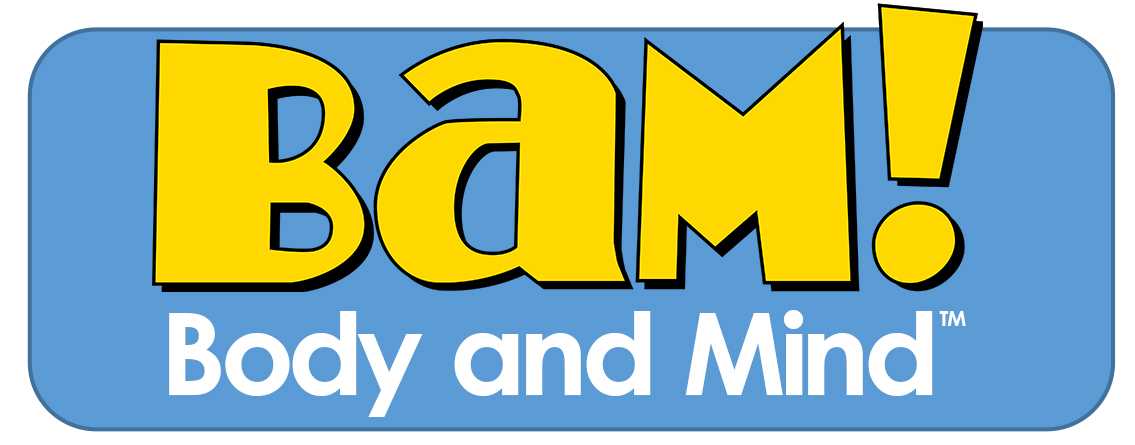Introduction
Using the School Health Index
The School Health Index (SHI): Self-Assessment & Planning Guide was developed by CDC in partnership with school administrators and staff, school health experts, parents, and national nongovernmental health and education agencies to
- Enable schools to identify strengths and weaknesses of health and safety policies and programs.
- Enable schools to develop an action plan for improving student health, which can be incorporated into the School Improvement Plan.
- Engage teachers, parents, students, and the community in promoting health-enhancing behaviors and better health.
The SHI has two activities that are to be completed by teams from your school: a self-assessment process and a planning for improvement process.
- The self-assessment process involves members of your school community coming together to discuss what your school is already doing to promote good health and to identify your strengths and weaknesses. The SHI allows you to assess the extent to which your school implements the types of policies and practices recommended by CDC in its research-based guidelines for school health and safety policies and programs.
- The planning for improvement process enables you to identify recommended actions your school can take to improve its performance in areas that received low scores. It guides you through a simple process for prioritizing the various recommendations. This step will help you decide on a handful of actions to implement this year. Finally, you will complete a School Health Improvement Plan to list the steps you will take to implement your actions.
The SHI currently addresses seven health topic areas, including:
- Physical activity and physical education.
- Nutrition.
- Tobacco-use prevention.
- Alcohol and other drug use prevention NEW!
- Chronic health conditions (e.g., asthma, food allergies) NEW!
- Unintentional injury and violence prevention (safety).
- Sexual health, including HIV, other STD and pregnancy prevention.
It also includes cross-cutting questions, which address policies and practices that apply to all seven health topic areas.
Completing the SHI is an important first step toward improving your school’s health promotion policies and practices. Your school can then act to implement the School Health Improvement Plan and develop an ongoing process for monitoring progress and reviewing your recommendations for change. Your school’s results from using the SHI can also help you include health promotion activities in your overall School Improvement Plan.
It is important to know what the SHI is and what it is not.
The SHI is a...
Self-assessment and planning tool.
Community-organizing and educational process.
Focused, reasonable, and user-friendly experience.
Process that identifies no-cost or low-cost changes.
Process that provides justification for funding requests.
and not a...
Research or evaluation tool.
Tool for auditing or punishing school staff.
Long, bureaucratic, painful process.
Process that requires expensive changes.
Process that identifies unfunded mandates.
SHI Modules
The SHI is based on CDC’s research-based guidelines for school health programs, which identify the policies and practices most likely to be effective in reducing youth health risk behaviors. The SHI contains 11 modules, structured around the Whole School, Whole Community, Whole Child model:
- School Health and Safety Policies and Environment
- Health Education
- Physical Education and Physical Activity Programs
- Nutrition Environment and Services
- School Health Services
- School Counseling, Psychological, and Social Services
- Social and Emotional Climate
- Physical Environment
- Employee Wellness and Health Promotion
- Family Engagement
- Community Involvement
This model highlights the importance of involving all components of the Whole School, Whole Community, and Whole Child model, which can have a powerful impact on student health behaviors. See the glossary for definitions of these terms.
- Page last reviewed: September 18, 2017
- Page last updated: September 18, 2017
- Content source:



 ShareCompartir
ShareCompartir